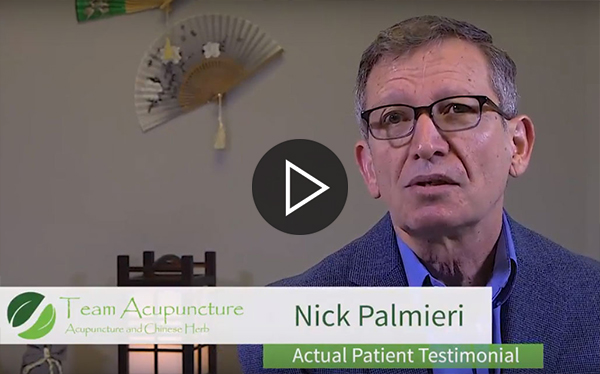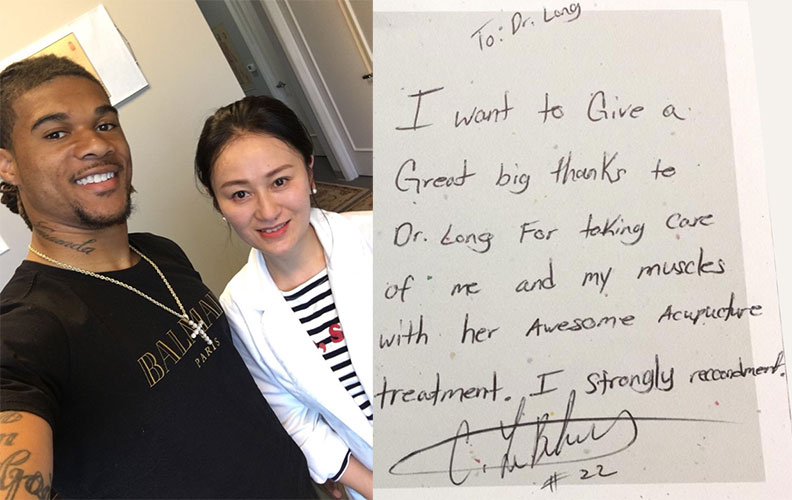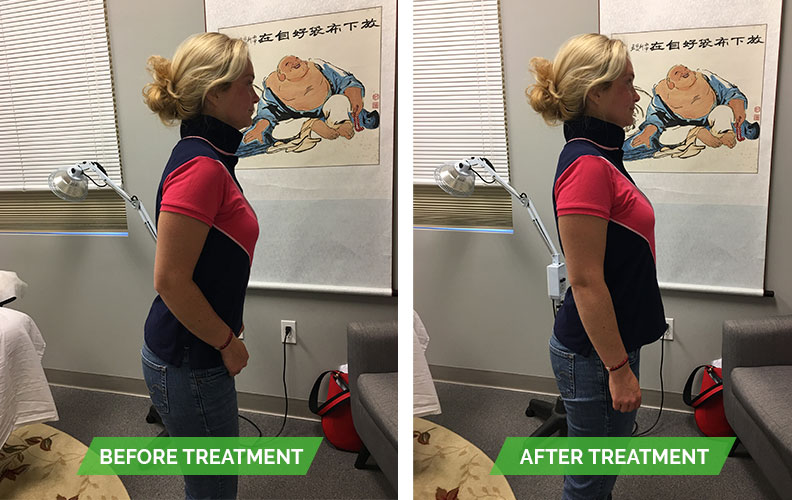Headache is pain in any region of the head. Headaches may occur on one or both sides of the head, be isolated to a certain location, radiate across the head from one point, or have a viselike quality. A headache may appear as a sharp pain, a throbbing sensation or a dull ache.
Our Specialties
Expert Pain Relief Using Advanced and Rare Techniques in South FL
Comprehensive Pain Treatment from Head to Toe with Fast Relief
(Check Out Our Before and After Gallery)
(Individual results may vary.)
Heel Pain (Plantar Fasciitis)
The most common causes of heel pain are plantar fasciitis, which affects the bottom of the heel, and Achilles tendinitis, which affects the back of the heel. Common causes of heel pain include obesity, ill-fitting shoes, running and jumping on hard surfaces, abnormal walking style, injuries and certain diseases.
Pain management treatment testimonials

Imelda Gutierrez, Patient

Nick Palmieri, Patient

Carlos Balmaseda, Patient

Pain Management
What Can You Expect from Acupuncture Treatments?
To determine the type of acupuncture treatment that will help you the most, your practitioner may ask you about your symptoms, behaviors and lifestyle.
He or she may also closely examine:
- The parts of your body that are painful
- The shape, coating and color of your tongue
- The color of your face
- The strength, rhythm and quality of the pulse in your wrist
This initial evaluation may take up to 60 minutes. Subsequent appointments usually take about a half-hour. A common treatment plan for a single complaint would typically involve one or two treatments a week. Number of treatments will depend on the condition being treated and its severity, but six to eight treatments are common.
During Your Acupuncture Visit
Acupuncture points are situated in all areas of the body. Sometimes the appropriate points are far removed from the area of your pain. Your acupuncture practitioner will tell you the general site of the planned treatment and if you need to remove any clothing. If appropriate, a gown, towel or sheet will be provided to preserve your modesty.
You lie on a padded table for the treatment, which involves:
Needle Insertion
Acupuncture needles are very thin, so insertion usually causes little discomfort. Between five and 20 needles are used in a typical treatment. You may feel a mild aching sensation when a needle reaches the correct depth.
Needle manipulation.
Your practitioner may gently move or twirl the needles after placement or apply heat or mild electrical pulses to the needles.
Needle removal
In most cases, the needles remain in place for 10 to 20 minutes while you lie still and relax. There is usually no discomfort when the needles are removed.
After Acupuncture Treatment
Some people feel relaxed and others feel energized after an acupuncture treatment. But not everyone responds to acupuncture. If your symptoms don’t begin to improve within a few weeks, acupuncture may not be right for you.
Request an appointment
Request an Appointment
What patients

Dr. Long's Acupuncture Treatment is Awesome
Cre'Von LeBlanc

I really recommend Dr. Iris she is really great!
Stephanie Albert
Dr. Long is the best one acupuncturist I have met
Steve Vurture
We were really happy that we discovered this place!
Ivana Hollan
I am so fortunate to have found Dr. Long!
Audrey Holder
Dr. Long does such a good job.
Caretha Cason
Cannot wait to make my next appointment. Highly recommend!
David Trovato
Dr. Long is fabulous!
Ali DeGowin
My quality of life has dramatically increased
C Marcus
Dr. Long Is A Gifted & Compassionate Medical Professional.
Dr. Nick Palmieri
Acupuncture Helps Equestrians
Imelda Gutierrez, Wellington FL
I Feel Blessed to Have Someone Like Dr. Long in My Life
F Luque, Wellington FL
Visiting Dr. Long’s Practice Has Greatly Improved My Health!
Stephanie M, Wellington FL
I Trust Dr. Long With My Eyes Closed During the Treatment!
Nestor M, Wellington FL
Dr. Long Is a Gifted Healer
On another occasion I had a pinched nerve that was causing back pain. After a single session combining cupping and Acupuncture, amazingly the pain was gone. I don’t really understand how, but it really works and Dr Long is amazing.

















